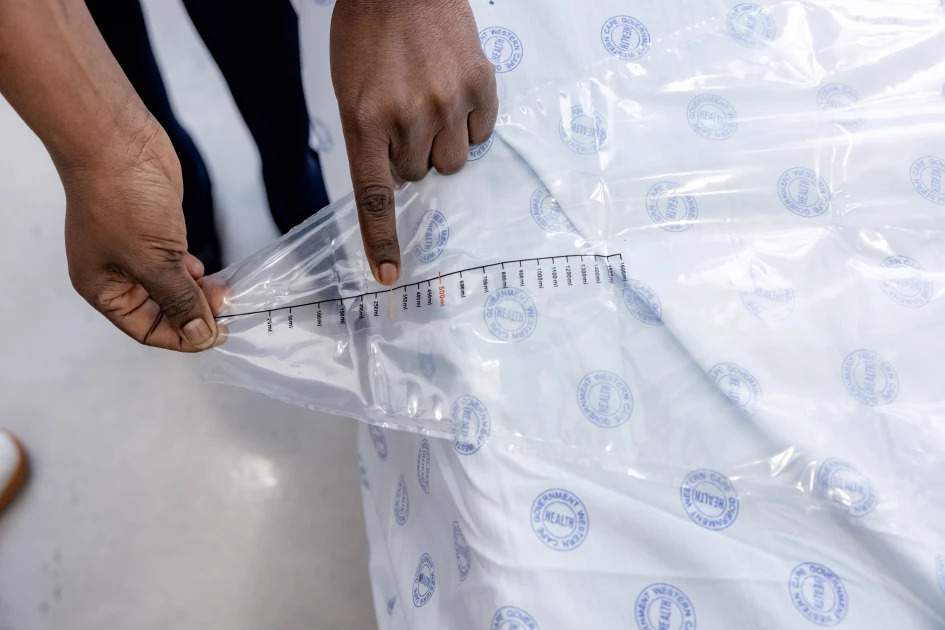WHO releases new guidelines to prevent maternal deaths from childbirth bleeding

This image illustrates the World Health Organization’s (WHO) recommendation for using a calibrated blood collection drape — a key tool in the early detection and management of postpartum haemorrhage (PPH). PHOTO| COURTESY

Audio By Vocalize
The World Health Organization (WHO), together with the International Federation of Gynaecology and Obstetrics (FIGO) and the International Confederation of Midwives (ICM), has released new global guidelines on the prevention, diagnosis, and treatment of postpartum haemorrhage (PPH)—a leading cause of maternal deaths worldwide.
The updated recommendations emphasize earlier detection and faster
intervention, measures that could save the lives of tens of thousands of women
every year.
PPH, defined as excessive bleeding after childbirth, affects millions of
women globally and causes nearly 45,000 deaths annually, according to WHO. Even
when not fatal, it can result in lifelong complications, including organ
damage, infertility, anxiety, and trauma.
“Postpartum haemorrhage is the most dangerous childbirth complication
because it can escalate with alarming speed. While it’s not always predictable,
deaths are preventable with the right care,” said Dr. Jeremy Farrar, WHO
Assistant Director-General for Health Promotion, Disease Prevention and Care.
“These guidelines aim to maximize impact where the burden is greatest and
resources are most limited—helping ensure more women survive childbirth and
return home safely to their families.”
New Diagnostic Criteria and Early
Intervention
The new guidelines introduce objective diagnostic criteria for earlier
and more accurate detection of PPH. Since many cases occur without identifiable
risk factors, WHO urges health workers to closely monitor women immediately
after birth using calibrated drapes to measure blood loss precisely.
Traditionally, PPH was diagnosed after a blood loss of 500 millilitres
or more. Under the new recommendations, clinicians are advised to act at 300
millilitres, allowing life-saving interventions to begin sooner.
Once PPH is diagnosed, health workers are instructed to immediately
deploy the MOTIVE bundle of actions, which includes:
- Massage of the uterus;
- Oxytocic drugs to stimulate contractions;
- Tranexamic acid (TXA) to reduce bleeding;
- Intravenous fluids;
- Vaginal and genital tract examination; and
- Escalation of care if bleeding persists.
In severe or unresponsive cases, the guidelines recommend timely access
to surgical interventions or blood transfusions to stabilize the mother until
further treatment is available.
“Women affected by PPH need care that is fast, feasible, and effective,”
said Professor Ann Beatrice Kihara, President of FIGO. “These guidelines take a
proactive approach—focusing on readiness, recognition, and response—to empower
health workers to deliver the right care at the right time, in every setting.”
Beyond emergency response, the guidelines underscore the importance of comprehensive
antenatal and postnatal care to reduce risk factors such as anaemia. They also
caution against unsafe practices like routine episiotomies, while encouraging perineal
massage in late pregnancy to reduce trauma and bleeding.
“Midwives know first-hand how quickly postpartum haemorrhage can
escalate and cost lives,” said Professor Jacqueline Dunkley-Bent OBE, ICM’s
Midwife. “These guidelines are a game-changer. But to end preventable deaths
from PPH, we need more than protocols—we need governments, health systems, and
donors to act quickly and invest in midwives and maternal care.”
The guidelines are accompanied by new training and implementation
resources, developed in collaboration with partners including UNFPA, and are
being launched at the 2025 FIGO World Congress in Cape Town, South Africa.
According to WHO, this marks a critical milestone in the rollout of the Global
Roadmap to Combat Postpartum Haemorrhage (2023–2030), which aims to eliminate
preventable PPH-related deaths and ensure safer childbirth for women
everywhere.


Leave a Comment